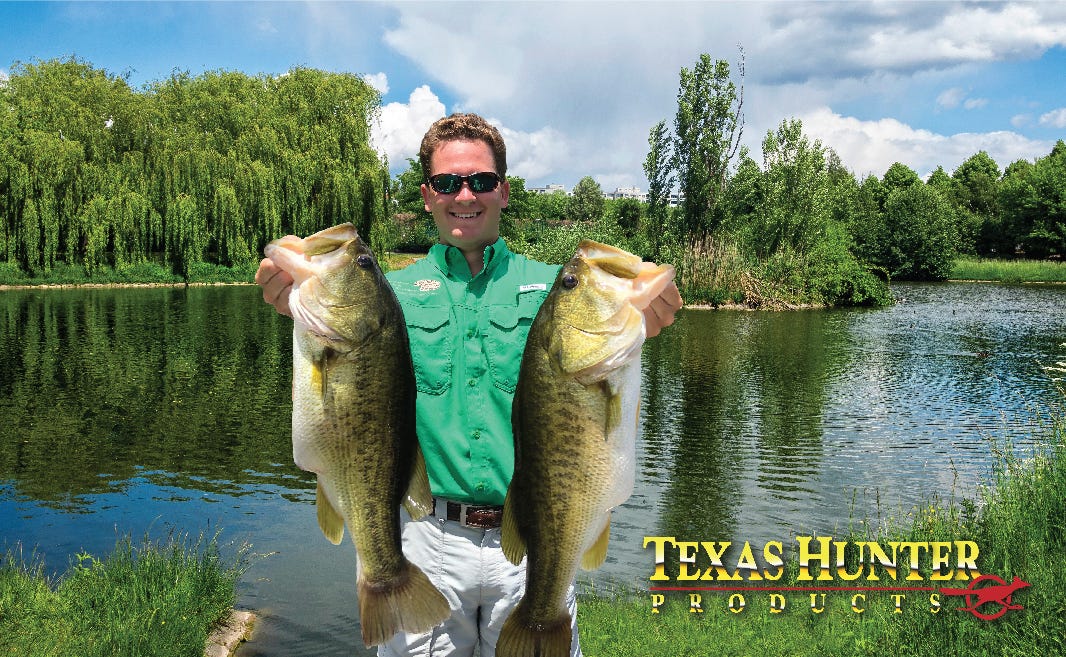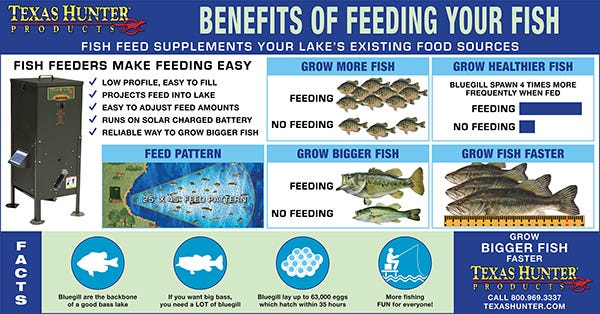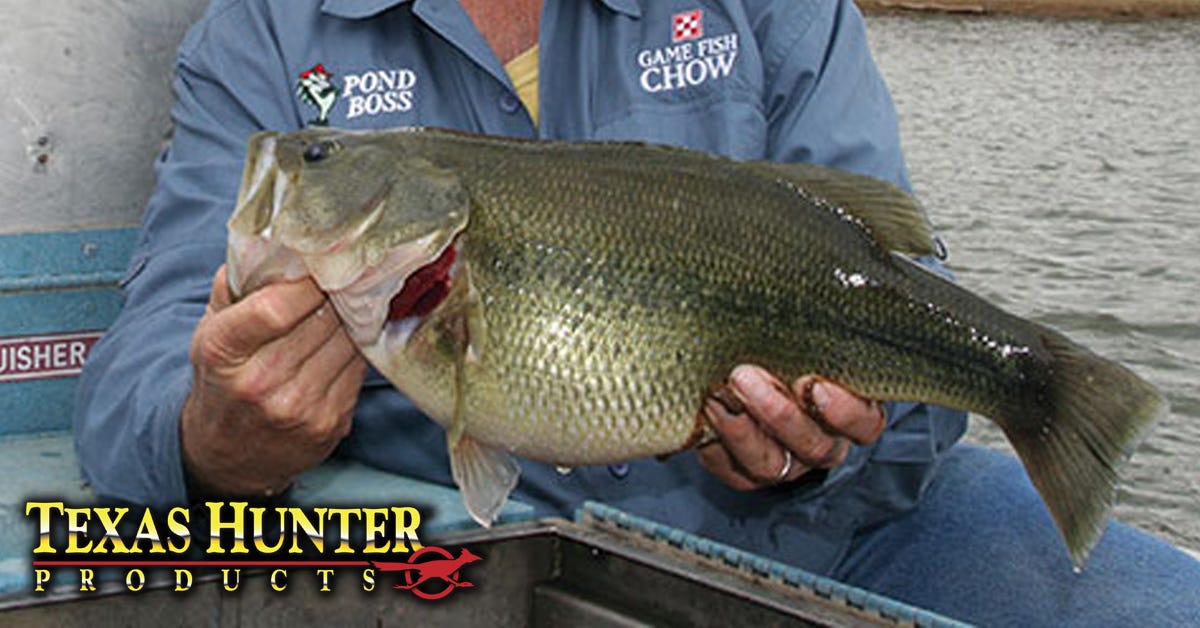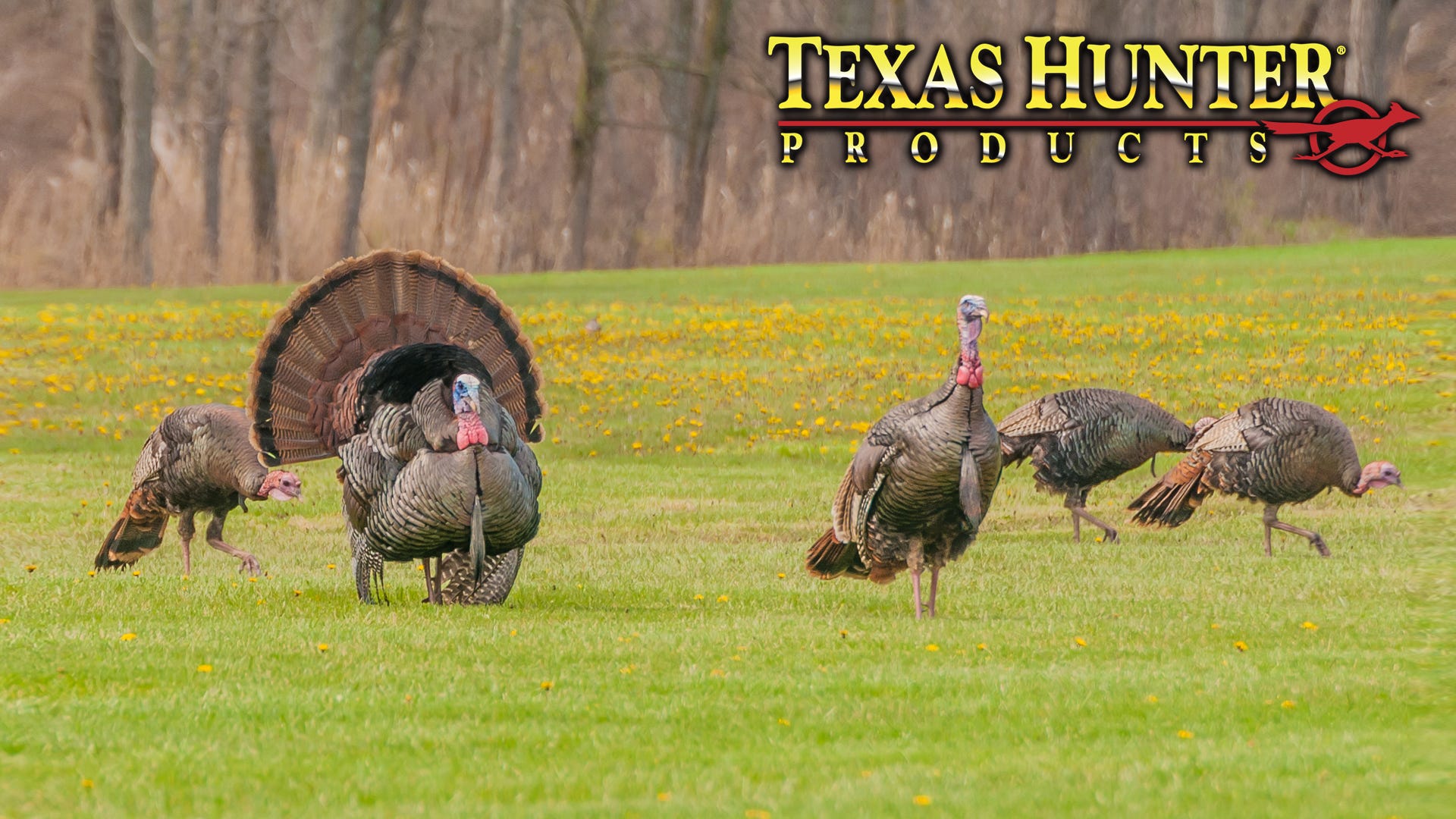- Jul 30, 2021
Just What is a Trophy Bass?
 First published at PondBoss.com by Norman Latona, a fisheries biologist and partner with Southeastern Pond Management, a private lake and pond service company.
First published at PondBoss.com by Norman Latona, a fisheries biologist and partner with Southeastern Pond Management, a private lake and pond service company.
I recently read an article in a local newspaper, detailing the fortunes of two fishing buddies in California. On separate outings, the anglers boated lunker largemouth bass tipping the scales in the 20-pound range. The chance of two individuals - regular fishing partners at that - boating such giant fish, in a short period of time... well, the odds of that are simply astronomical!
I've had the privilege over the years to observe some truly outstanding bass fisheries, mostly private fishing lakes and ponds throughout the southeastern U.S. While none of them, at least to my knowledge, has produced a 20 pound-plus largemouth bass, many have produced 1 trophies, the kind of fish worthy of putting on the wall and telling stories about for years to come.
A1 trophy largemouth bass is a rare creature, indeed. Among anglers, nothing stirs emotion and excitement more than the prospect of tangling with the hunting equivalent of a Boone & Crockett record book animal. Catching a trophy largemouth bass, for many, takes on an almost mythical aura. For some, growing that fish, within their own private fishing ponds, is as important a part of the process as actually catching it.
And so, when my customer tells me for the first time, that his primary objective for his fishing lake or pond is to produce trophy size largemouth bass, my question is always the same: What do you mean by trophy largemouth bass?
For whatever reason, I've always had this idea in my mind that defining a 1 trophy fish is best accomplished by relating that theoretical critter to the ultimate in its class; i.e., the world- record.
Further, in order for the fish to qualify, I have the notion that the individual trophy fish must exceed, by greater than 50 percent, the weight of the world-record specimen. For example, the IGFA world record largemouth bass, caught by George Perry on June 2, 1932, is 22 pounds, 4 ounces. By my definition, a 1 trophy largemouth bass then, must weigh a minimum of 11 pounds, 3 ounces (roughly 51 percent of the world- record weight).
That is not to say that a bass must exceed 11 pounds to be worthy of the taxidermist. Case in point: several friends of mine get together once a year for a friendly, 6-8 boat buddy-style tournament on Weiss Lake in Alabama. Two years ago, after three days of fishing, our fishing tournament leaders were deadlocked - identical weights down to the ounce.
To break the tie, we decided to have a fish-off; first man back to the pier with a bass would win the title.
After over an hour of fishing, the eventual champion came back with a spotted bass weighing just over 9 ounces. Nine ounces. Naturally, that fish is now displayed proudly on the wall of his office!
The point is, trophy fish mean different things to different people. To me, a trophy largemouth bass must be a minimum of 11 pounds, and that is what I tell my customers. Most of them generally agree. If that's what you want, I say, then here's how to do it...
So, just how do we manage a fishing lake to consistently produce trophy largemouth bass? What are the magic ingredients in fisheries and lake management? With so many variables, can we reasonably expect to be successful in our fisheries management efforts? How long will it take to see results on our fishing lake?
There are real answers to these questions but they are somewhat complicated. What's more, the answers form the basis for a rather intricately woven fisheries and lake management program, where the primary objective suffers if each of the parts are not implemented. Simply put, producing trophy largemouth bass requires a marriage of three, more or less controllable variables: age, nutrition and genetics.
Trophy bass management is all about managing age-class structure; it is all about managing forage fish availability; and it is all about controlling the genetic component to the extent that we are able.
So I tell my customer: Clearly, we are attempting to do something special here. The implementation of this plan requires a commitment to intensive management efforts. Keep in mind, our ability to transcend the ordinary rests in your willingness to go the extra mile.
And make no mistake about it, producing trophy largemouth bass is extraordinary. Stay tuned - and let the fun begin!
One of the best ways to start growing Trophy Bass is to invest in a Texas Hunter Products Directional Fish Feeder. With its patented dual motor system, it disperses feed in a large wedge-shaped feed pattern. This allows for maximum coverage of the lake's surface while only needing a small shoreline or dock footprint. Texas Hunter's Directional Fish Feeders for ponds and lakes come in multiple sizes with two leg options (adjustable legs for the shoreline, or straight legs for a dock) to fit your pond or lake's setting perfectly. Shop now or contact us at 800-969-3337 for a lake manager near you.
POND BOSS Magazine is the world’s leading resource for fish, pond and fisheries management information including discussions on muddy water, raising trophy fish, fish feeding, building a pond, algae control and more. Check us out at www.pondboss.com or contact Bob Lusk, the Pond Boss himself, at 903-564-5372. His books, "Basic Pond Management", "Raising Trophy Bass and Perfect Pond, Want One", may be purchased by calling 800-687-6075 or ordering online at www.pondboss.com
More Articles:




